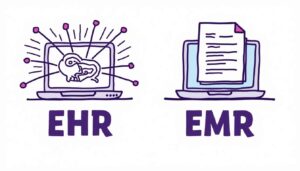AI Remote Patient Monitoring: Revolutionizing Healthcare from Afar
22 Aug 2025 By: Vlade Legaspi
Updated
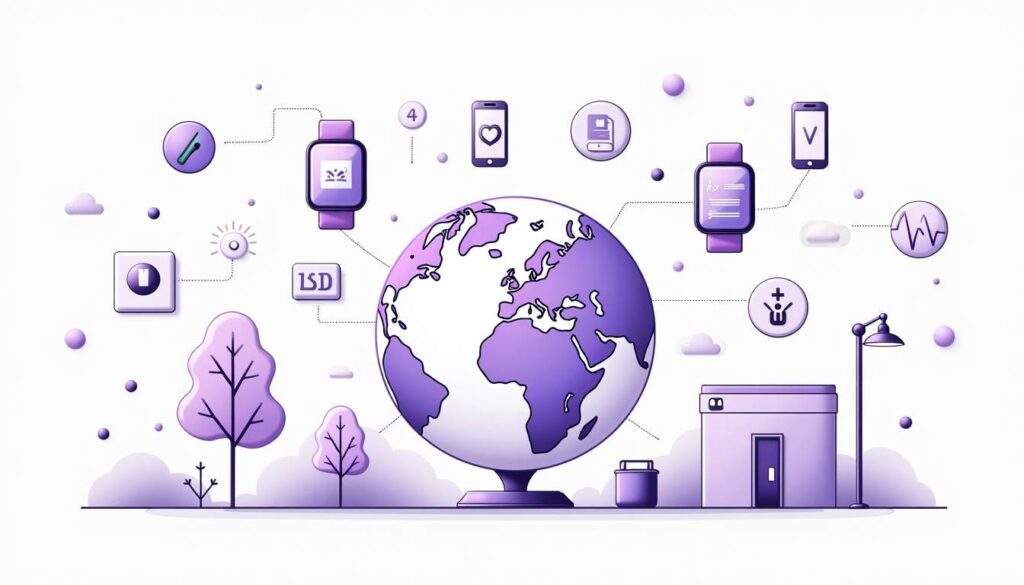
Healthcare has undergone rapid transformation during the recent years because of new technological advancements. AI Remote Patient Monitoring represents a major transformation which unites artificial intelligence with real-time health monitoring capabilities.
The new tool enables medical professionals to monitor patients from locations beyond traditional clinics. The system addresses increasing healthcare requirements because chronic disease prevalence continues to rise while healthcare systems experience unprecedented pressure.
Understanding AI Remote Patient Monitoring
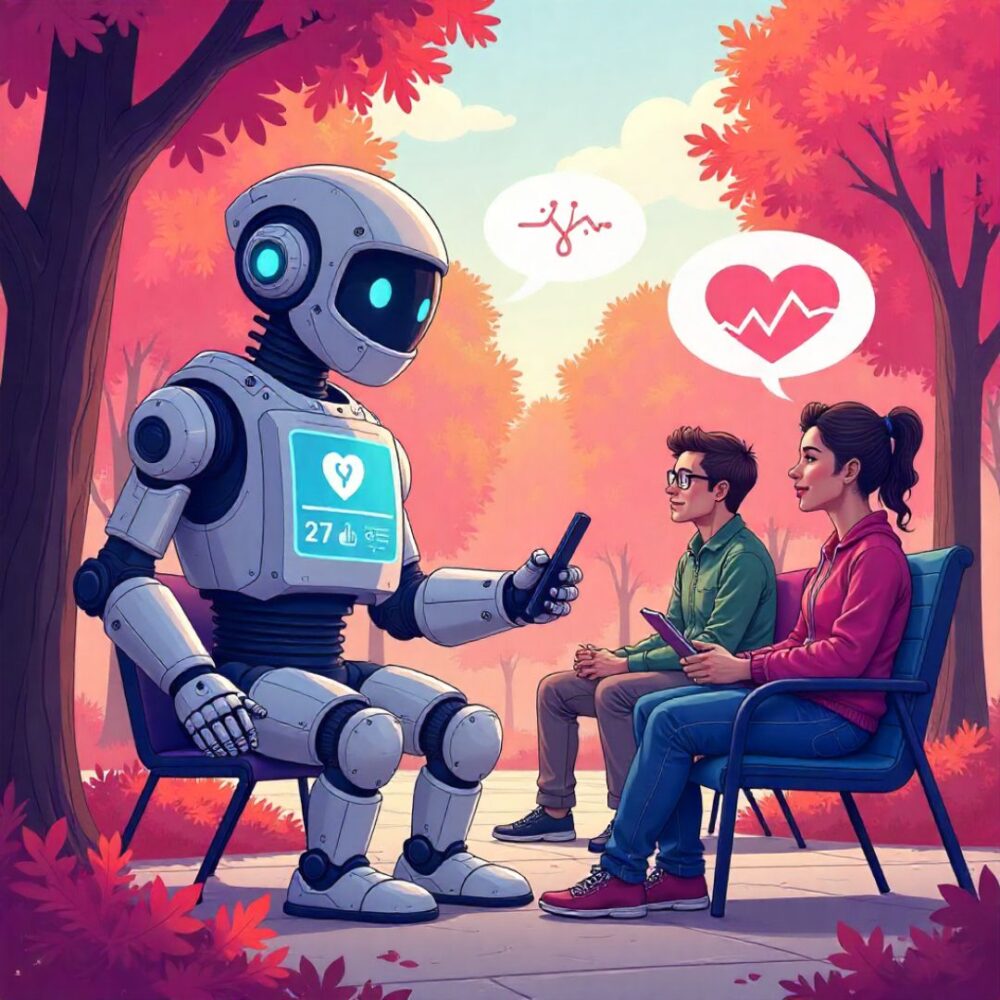
What is Remote Patient Monitoring?
AI Remote Patient Monitoring enables digital health data collection from patients at one location which doctors can review and provide advice from another location.
The system incorporates glucose meters together with pulse oximeters and wearable sensors as its main monitoring tools. The system continuously monitors heart rate and oxygen levels and blood sugar measurements in real time.
The medical staff examines the collected data before taking appropriate actions. The system maintains patient engagement while improving their health management capabilities which results in better treatment outcomes.
AI Remote Patient Monitoring reduces the workload that clinics need to handle. The system reduced face-to-face appointments while maintaining home safety which became essential during the COVID-19 pandemic.
The Role of Artificial Intelligence in RPM
AI Remote Patient Monitoring enhances patient care through automated data monitoring and pattern detection and risk prediction and personalized treatment plans.
AI technology quickly analyzes extensive data collections to identify minor health variations which could indicate major medical issues. Through this system doctors can take action before conditions deteriorate.
For instance, AI can spot early signs of heart failure readmissions by tracking vitals and meds. NLP tools read symptom notes from apps or voice tools.
These insights help doctors make better calls. AI also speeds up remote visits by giving early reviews of patient data before doctors step in.
As AI grows, it predicts health problems sooner, letting doctors act fast. AI Remote Patient Monitoring is shaping faster, smarter, and more personal care.
The Impact of AI-Powered RPM on Healthcare Delivery

Improved Patient Outcomes Through Early Intervention
AI Remote Patient Monitoring enables the detection of health issues at their initial stages before they develop into critical emergencies. The system reduces the need for emergency room visits and hospital admissions.
The technology provides reassurance to patients who have diabetes or COPD or heart failure. Real-time tracking and AI help keep their conditions under control.
AI processes information obtained from wearable devices and mobile applications. The system detects minor health variations which enables doctors to modify treatment plans before conditions deteriorate.
The technology functions beyond data collection because it learns from the information it receives. The personalized care plans developed through this technology produce better results which lead to improved patient happiness.
Enhancing Accessibility and Convenience
AI Remote Patient Monitoring provides easier access to medical care. The healthcare system provides assistance to patients who live in rural areas and those with mobility limitations through reduced clinic visits.
Older adults can receive medical care from their own homes through this system. Doctors can handle more patients effectively because smart alerts and tools help them maintain their workload.
Through this system patients gain control over their healthcare decisions. Patients use mobile applications and devices to monitor their health while participating in their medical care which strengthens their trust and develops better health practices.
The amount of information they possess leads them to disclose more details to their medical practitioners. The collaborative approach between doctors and patients produces more effective care which results in reduced complications and healthier patients who feel more confident.
Reducing Healthcare Costs
AI Remote Patient Monitoring helps cut rising healthcare costs. It lowers hospital stays, avoids extra clinic visits, and prevents serious health issues.
One report found hospitals using AI-driven Remote Patient Monitoring cut care costs by 15–20% in a year. That came from fewer readmissions and better care planning.
The savings don’t stop there. By managing chronic issues early, AI-powered remote patient monitoring helps avoid costly treatments down the road.
This tech supports a smarter, more lasting system. It helps both patients and providers save money while building a healthier future for everyone.
Key Technologies Driving AI Remote Patient Monitoring
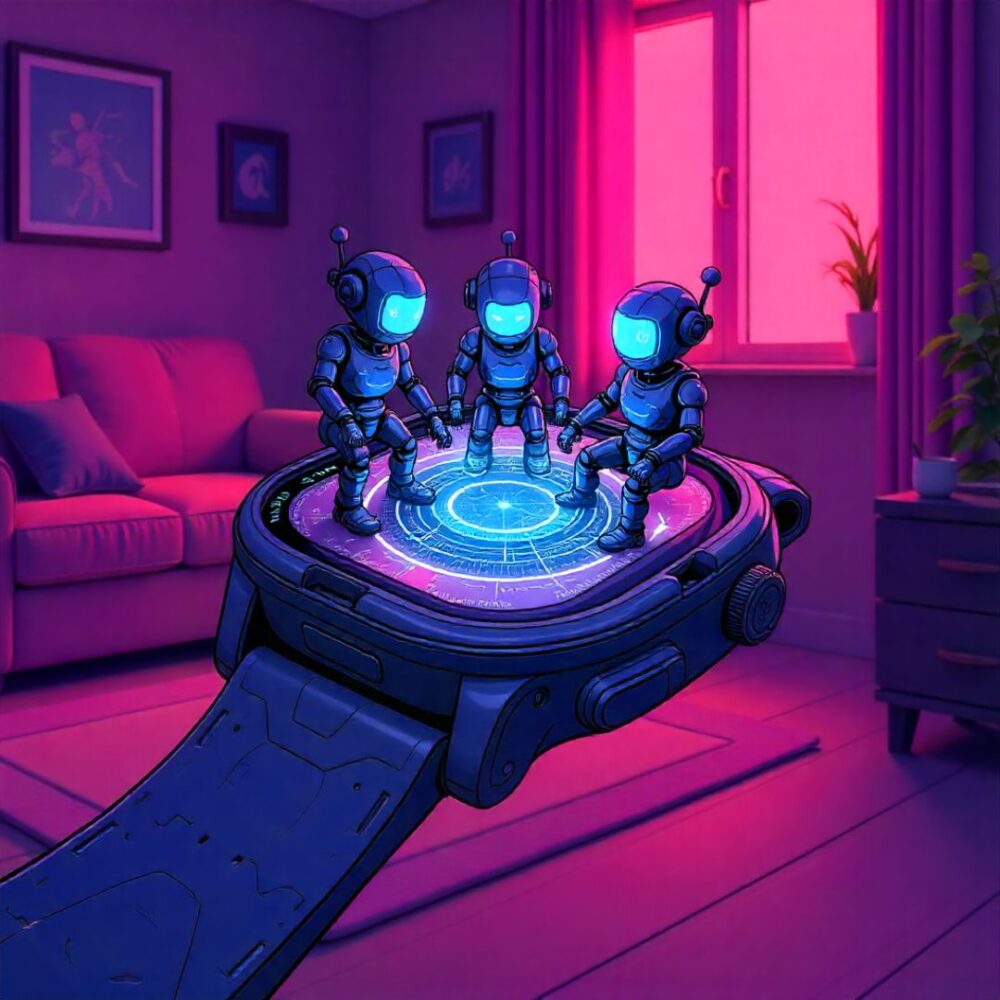
Wearable Devices and Sensors
The continuous tracking of vital signs through AI Remote Patient Monitoring relies on wearables to monitor heart rate and oxygen levels and sleep patterns.
The combination of smaller sensors and extended battery duration makes these devices more comfortable for patients to wear thus improving their adherence to the monitoring program. The devices connect seamlessly to mobile devices and cloud-based platforms.
Modern devices now include features that detect falls and track locations which enhance safety measures for elderly patients and people with medical conditions.
The tools enable doctors to receive immediate updates while caregivers can respond quickly which results in smarter and safer care for all patients.
Machine Learning and Predictive Analytics
Machine learning uses past and live data to spot trends and predict health risks. It can forecast atrial fibrillation or flag early signs of sepsis for faster care.
These models get better with more data, making results sharper and more personal. They pull data from wearables, records, and lifestyle to shape full health views.
This wide view helps doctors build better, custom treatment plans. It boosts patient results and cuts healthcare costs.
Natural Language Processing and Patient Engagement Tools
NLP pulls insights from unstructured data like symptoms, notes, and voice. This sharpens the clinical view and helps doctors make better decisions.
AI chatbots remind patients, answer questions, and boost care plan follow-through. They build trust and improve talks between patients and providers.
Advanced NLP also reads tone in messages, showing how patients feel. This helps tailor care and strengthens long-term health support and trust.
Challenges and Considerations in Implementing AI Remote Patient Monitoring
Data Privacy and Security
Remote health data use raises big privacy and security risks. Meeting HIPAA and GDPR rules is key to keeping patient trust and legal safety.
Health groups must use strong encryption, safe storage, and tight access rules. Clear patient consent and data use info also build trust.
Cyber threats keep growing, so systems must stay sharp. Risk checks and staff training help stop breaches before they happen.
New tools like blockchain and AI can guard data and spot threats fast. As tech changes, so must security plans to keep info safe.
Integration with Existing Healthcare Systems
AI Remote Patient Monitoring tools must link smoothly with EHRs and workflows. Poor links cause data silos, slowdowns, and stress for clinicians.
Standards and teamwork between tech firms and providers help make systems work well together and support better care.
Staff need solid training to use new tools with ease. This boosts both speed and a spirit of innovation in care teams.
Health systems must plan for long-term use with strong support and updates. This keeps tools sharp as tech keeps moving forward.
Addressing Bias and Ensuring Equity
AI is only as fair as its data. Biased data can harm care for groups already at risk.
Teams must gather diverse data and check AI often for bias. Fair access to Remote Patient Monitoring tech is key to closing care gaps.
Working with communities and patients during AI design helps meet real needs. This also builds trust in the tools.
By including all voices, providers can build Remote Patient Monitoring tools that serve everyone better and support true health equity.
The Future of AI Remote Patient Monitoring
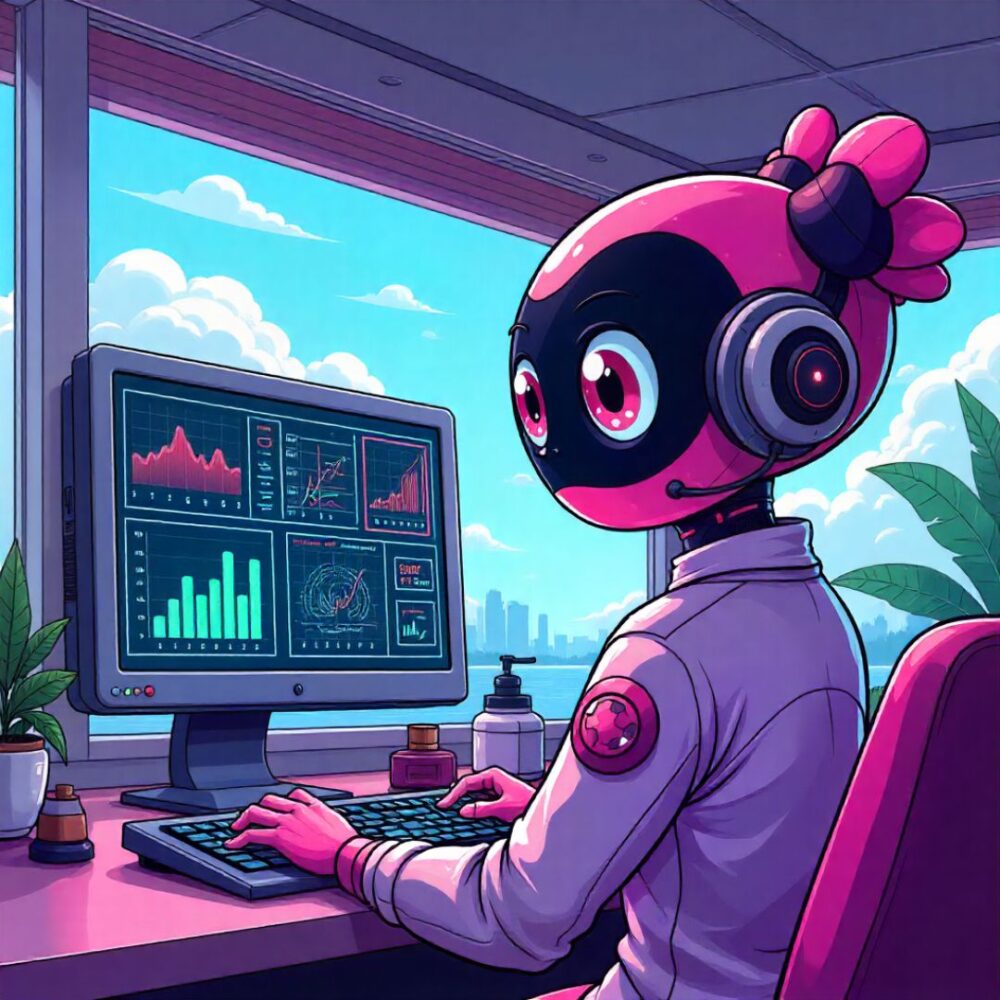
Integration with Telemedicine and Virtual Care
AI Remote Patient Monitoring and telemedicine now work together to build full virtual care systems. Patients get constant tracking and real-time consults in one smooth setup.
This mix helps manage chronic illness, surgery recovery, and mental health. A diabetes patient, for example, can share live glucose data during a visit.
Doctors can adjust care fast, cutting risks and avoiding hospital stays. Tracking signs early helps stop problems before they grow worse.
This setup improves care results and boosts patient trust and comfort.
Advancements in AI and Sensor Technologies
New AI like deep learning boosts prediction and personal insights. Next-gen biosensors track health markers without breaking the skin.
These tools spot illness early and guide better treatment changes. Smart wearables now track heart rate, sleep, and stress for a full health view.
AI studies this data to spot risks before they grow. This helps doctors act early and avoid major problems.
With AI and wearables combined, care plans can adjust in real time. This makes treatment smarter and more personal.
Empowering Patients through Personalized Health Insights
AI Remote Patient Monitoring moves care from reactive to proactive. Patients get clear insights to guide choices and stay active in their health.
AI tools now help patients manage care and connect with doctors. Mobile apps give custom tips for food, exercise, and meds based on user data.
These apps send med reminders and suggest real-time diet changes. Easy-to-read dashboards show health trends and boost patient ownership.
This shift drives stronger habits, better care, and long-term health gains.
Trending Now!
The healthcare industry experiences transformation through AI-powered Remote Patient Monitoring (RPM) because it provides individualized continuous care at reduced costs and decreased hospital visits. The FDA maintains a crucial position to guarantee the safety and effectiveness and transparency of these AI solutions. The research examined 47 FDA-approved RPM devices which showed that most devices received 510(K) approval while only a few obtained De Novo approval. The market leadership in cardiovascular solutions rested with ECG-based arrhythmia detection and hemodynamic monitoring systems. The approval process for many potential RPM tools was restricted because they did not contain AI algorithms for clinical data classification.
The study discovered that the lack of transparency regarding AI algorithms in FDA documents created challenges for validation processes. The majority of AI applications in the study worked to enhance device functionality instead of developing clinical classification systems. Healthcare demands are increasing so more innovation is required to address the current gaps particularly in portable EEGs and diabetes management. The increasing interoperability between Software as a Medical Device (SaMD) and RPM tools will drive greater adoption rates. The FDA needs to establish better definitions for AI classifications and increase transparency to support the development of safer and more effective AI RPM technologies.
Conclusion
AI Remote Patient Monitoring changes healthcare by offering nonstop, custom care outside clinics. It boosts outcomes, cuts costs, and improves access and patient focus.
Though data privacy, system links, and bias still pose problems, smart plans and tech growth are clearing the path for broad use.
As AI and sensors improve, care will grow more connected and efficient. The future of care will center more on each patient’s real needs.
For all in healthcare, using AI Remote Patient Monitoring is key to building better care from a distance.
Join HelpSquad Health today and see how AI Remote Patient Monitoring can transform your care delivery. Start your free trial now and explore our powerful tools in action. Better care begins here.


